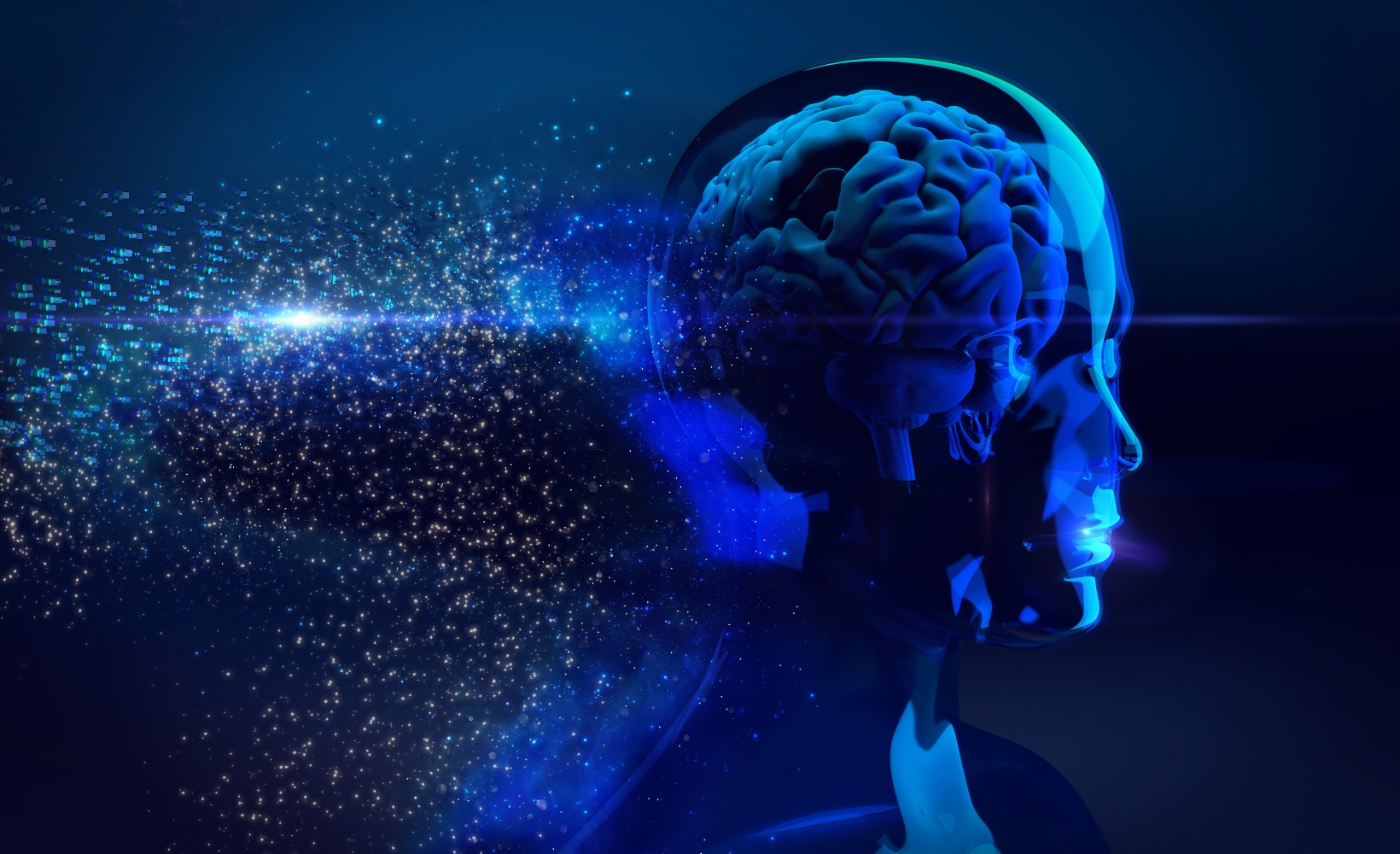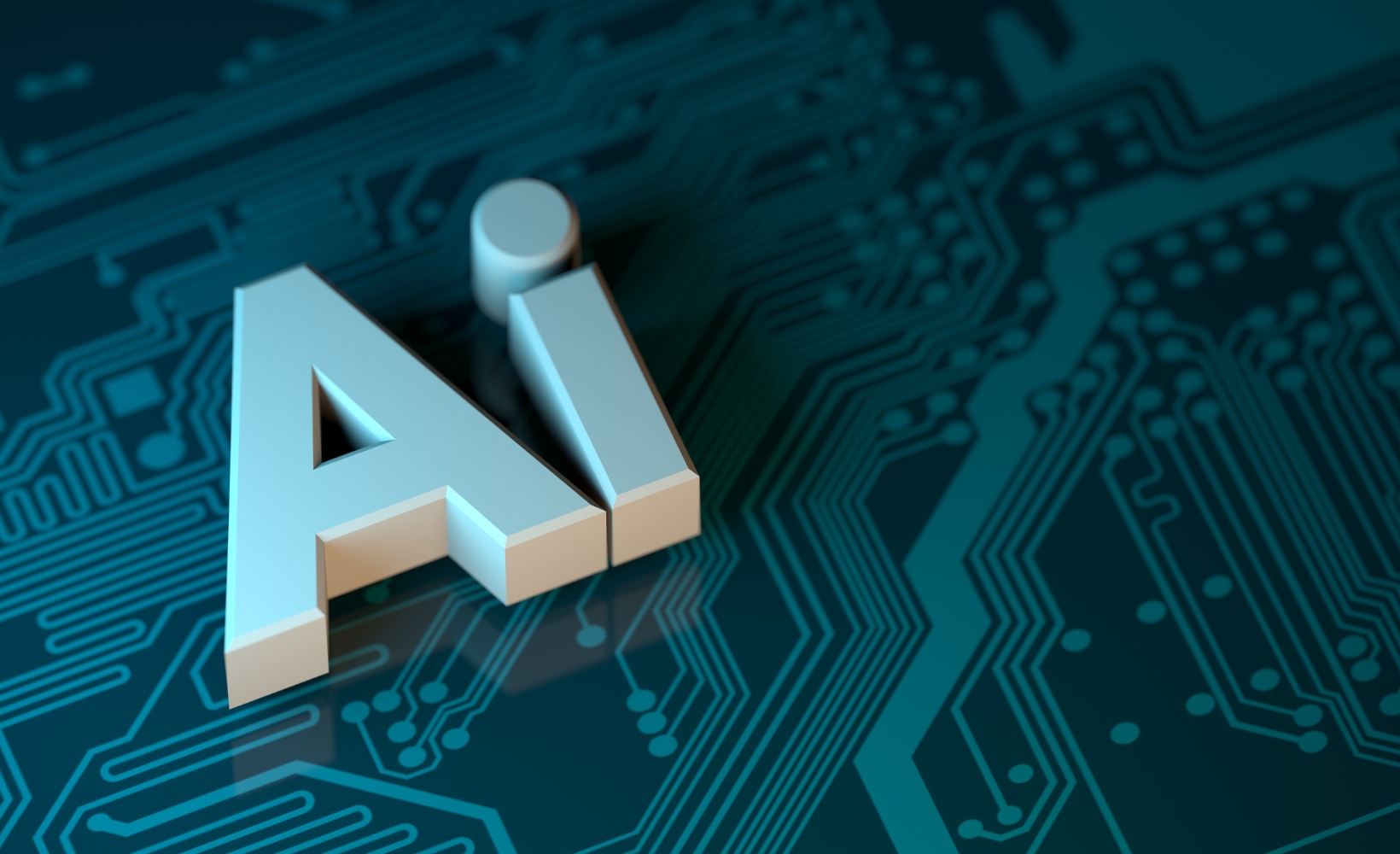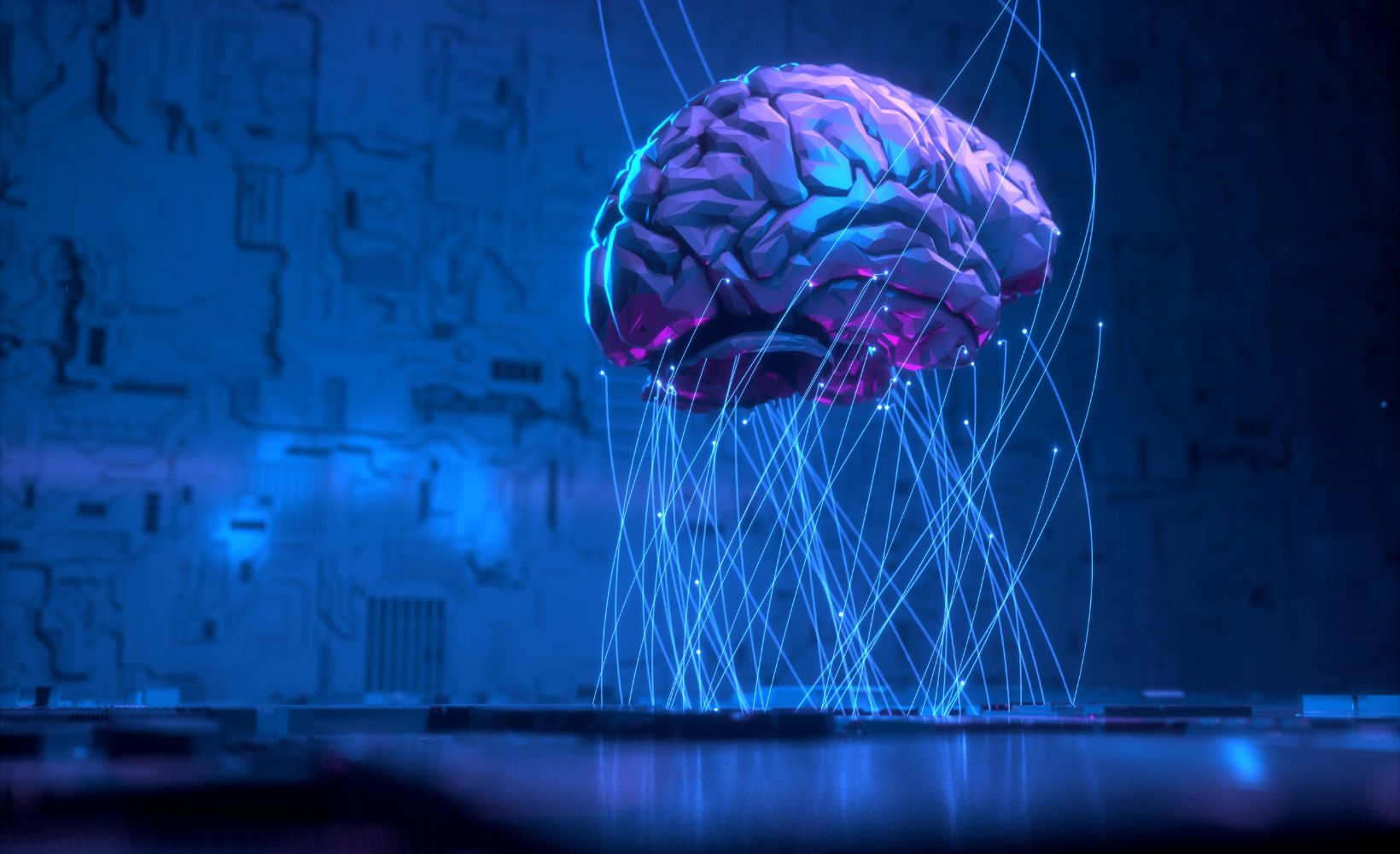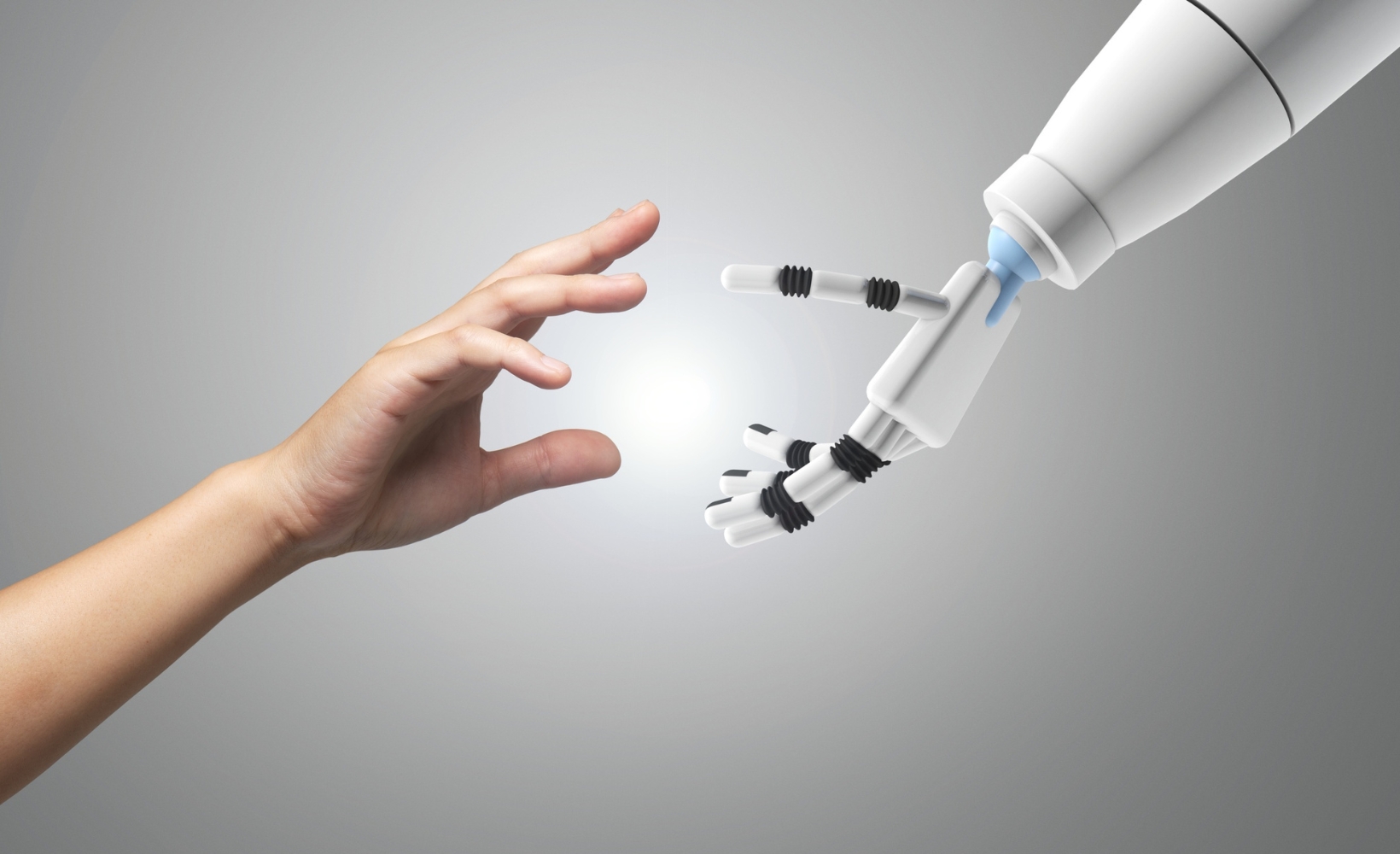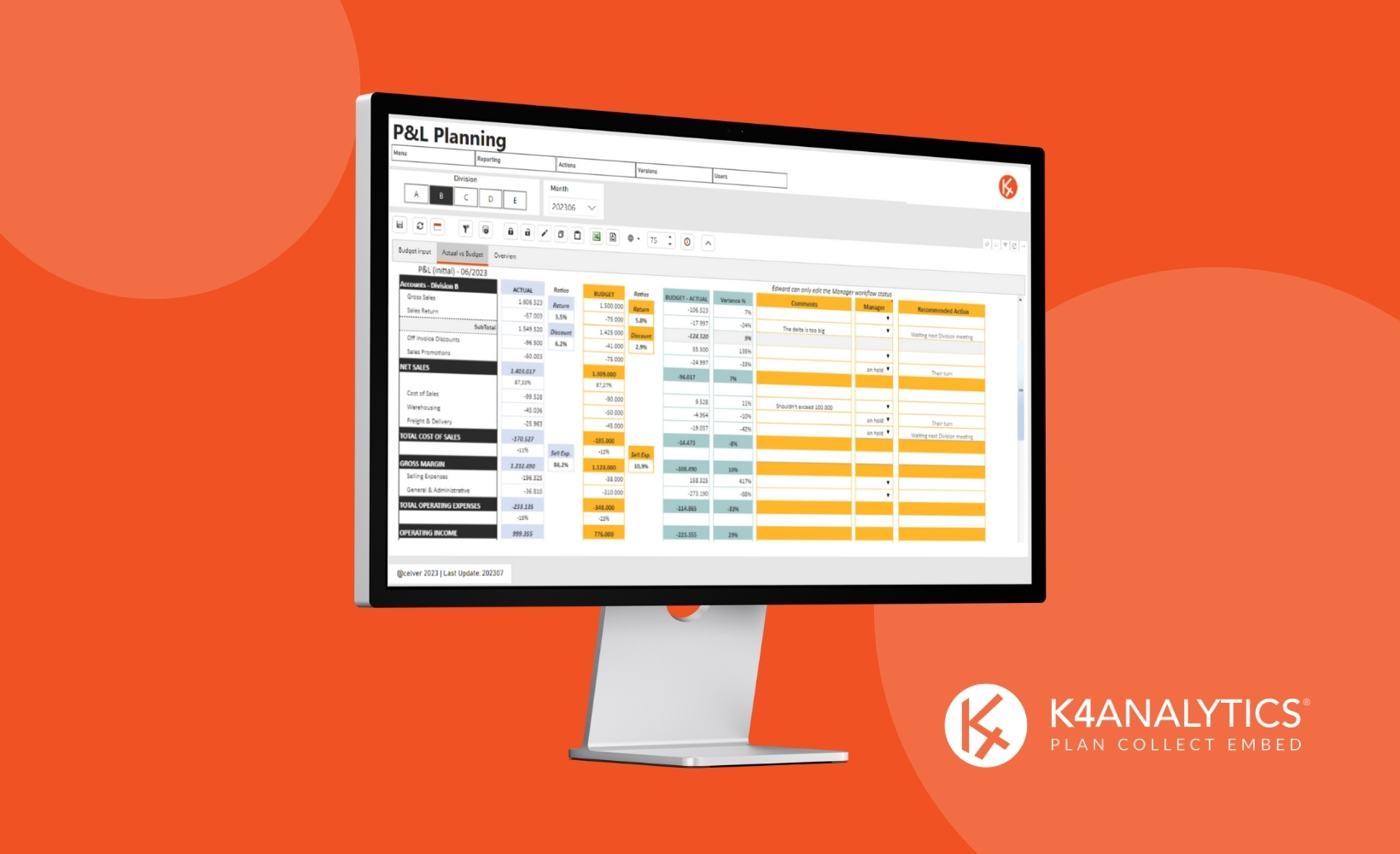Artificial Intelligence (AI) has become one of the main drivers of global economic transformation. Its ability to automate tasks, generate content, and create new business models is reshaping entire sectors and altering labor and geopolitical dynamics, offering an unprecedented horizon full of opportunities.
According to the conclusions of PwC’s “Sizing the Price” report, AI could contribute up to $15.7 trillion to global GDP by 2030, representing a 14% increase compared to a scenario without AI. And that’s only the beginning. In this article, we explore the economic impact AI is expected to have by 2040.
Why Will AI Have Such a Significant Economic Impact?
AI’s economic impact manifests primarily through two channels:
The first is increased productivity. Automating repetitive tasks and optimizing processes allow companies to operate more efficiently.
For example, McKinsey estimates that generative AI alone could add between $2.6 and $4.4 trillion annually to the global economy, boosting labor productivity growth by 0.1% to 0.6% per year through 2040.
The second channel is the creation of new services and business models, as AI facilitates innovation and the development of personalized products and services that generate new revenue streams.
According to PwC, of the projected $15.7 trillion mentioned in this article’s introduction, $9.1 trillion will come from increased consumption driven by AI-enhanced products and services.
Sectors That Will Lead AI-Driven Growth
Although AI is penetrating virtually every economic sector, some industries—due to their current adoption level and future implementation potential—are expected to experience more significant growth thanks to AI.
Key sectors include:
- Healthcare and Medicine: AI improves disease diagnosis and treatment, optimizes hospital management, and personalizes patient care.
- Banking and Finance: AI enhances fraud detection, enables more accurate risk analysis, and improves customer service, streamlining banking operations.
- Manufacturing: AI implementation in production processes boosts quality, enhances predictive maintenance, and increases operational efficiency.
- Retail and Consumer Goods: AI supports offer personalization, demand forecasting, and real-time price optimization, improving customer experience and driving sales.
- Education: AI enables the development of personalized learning systems, tailoring content and teaching methods to each student’s needs (special cases, smart tutoring, etc.).
Impact on Employment: Challenges and Opportunities
AI-driven automation will transform the labor market. According to the International Monetary Fund, 40% of jobs will be affected by AI, reaching up to 60% in more advanced economies.
In many cases, jobs will integrate AI as a productivity-enhancing tool. In others, AI will take over repetitive, low-value tasks currently performed by humans, reducing the need for certain roles.
While this may lead to some job displacement, it will also create new roles related to AI, such as prompt engineers, algorithm auditors, and AI ethics specialists.
Governments play a crucial role in implementing training and reskilling policies that help workers adapt to these new demands.
Global Competition for AI Leadership
The race for AI leadership is as much about technological innovation as it is about geopolitical power. Currently, two giants dominate the landscape: the United States and China. Both countries lead AI development, albeit with very different strategies.
The United States holds a dominant position thanks to its robust innovation ecosystem, backed by private investment that far exceeds any other country’s. Tech giants like OpenAI, Google, and Microsoft lead the creation of technologies setting the pace for the rest of the world.
Initiatives like the Stargate project—with an anticipated investment of up to $500 billion (according to U.S. media)—aim to further consolidate the country’s AI infrastructure.
China, on the other hand, has adopted a centralized strategy with strong government support. The Chinese government has declared AI a national priority, promoting its development through public investments and favorable regulations. It’s worth noting that in 2017 China launched the “Next Generation AI Development Plan” aiming to become the world leader in AI by 2030.
Meanwhile, Europe seeks to carve its own path with a focus on ethics, regulation, and the protection of fundamental rights, striving to balance innovation with democratic values. However, a lack of private investment and fragmented efforts across countries hinder its ability to compete at the level of the U.S. or China.
In parallel, emerging economies are also vying for a place in this race. India aspires to become a major AI services and software development hub; Israel stands out for its vibrant research and cybersecurity startups; Canada invests in AI excellence centers like the Vector Institute; and the United Arab Emirates are advancing rapidly in implementing smart solutions across energy, transportation, and public administration.
Challenges and Risks of Accelerated AI Growth
The transformative potential of AI is undeniable, but its rapid expansion also brings a host of risks that must not be overlooked.
One major concern is the growing concentration of technological power in the hands of a few large corporations. Companies like Google, Microsoft, Amazon, Meta, and Baidu are amassing vast amounts of data, talent, and computational capacity, giving them an almost insurmountable advantage over smaller players.
According to the Stanford AI Index 2024, just five companies account for over 60% of the most advanced AI models trained in the past year. This can limit competition, stifle innovation, and create an opaque ecosystem.
Another issue is the widening gap between developed and developing countries. Like all frontier technologies, AI requires advanced infrastructure, skilled human capital, and access to large datasets. Many countries in the Global South lack these resources, relegating them to a passive or dependent role. According to the European Commission, unless these asymmetries are addressed, AI could further exacerbate global economic inequalities.
On a technical level, another pressing challenge is bias and lack of transparency in algorithms. AI learns from the data it is given, and if those datasets contain historical, cultural, or social biases, the models will tend to replicate or even amplify them. Numerous studies have documented gender, racial, or class biases in AI-driven systems for hiring, healthcare, or automated judicial decisions.
Finally, there is a clear absence of an internationally coordinated regulatory framework. While some regions, like the European Union, have made strides with pioneering proposals such as the EU Artificial Intelligence Act (AI Act), a global legal framework establishing shared standards on safety, transparency, digital rights, or ethical AI use has yet to materialize. This is critical, as these systems already influence crucial decisions such as medical diagnoses, financial recommendations, and even judicial rulings.
Preparing for the Future Means Acting Today
It is clear that AI is not a passing trend but a transformative force already reshaping the global economy. Companies that understand its potential and adapt strategically will be better positioned to seize the opportunities and mitigate the risks involved.
At Holistic Data Solutions, we help companies understand and apply artificial intelligence to generate real competitive advantages. If you want to explore how AI can positively impact your business, don’t hesitate to contact us.
Related Articles
Operational management in the retail sector is complex for many reasons: the number of factors to consider, changes in trends [...]
Post on how to start a company from scratch with AI. It includes two main parts, one dedicated to predictive [...]
We have talked before in our blog about what Artificial Intelligence (AI) is and the difference between predictive and generative [...]

